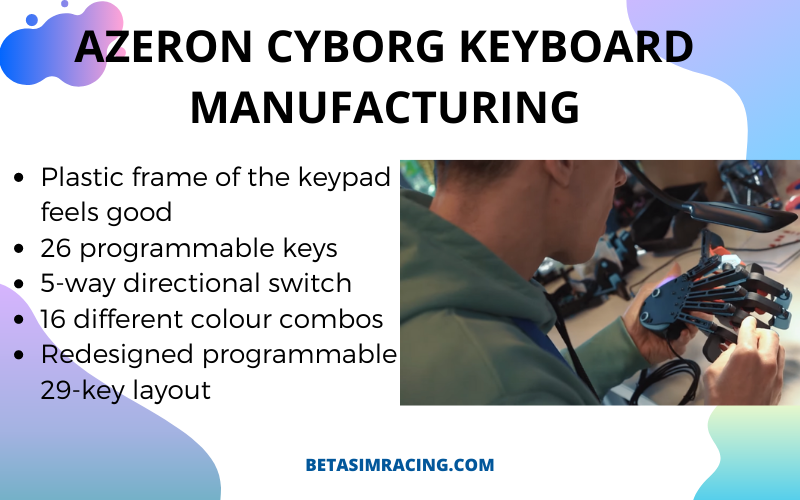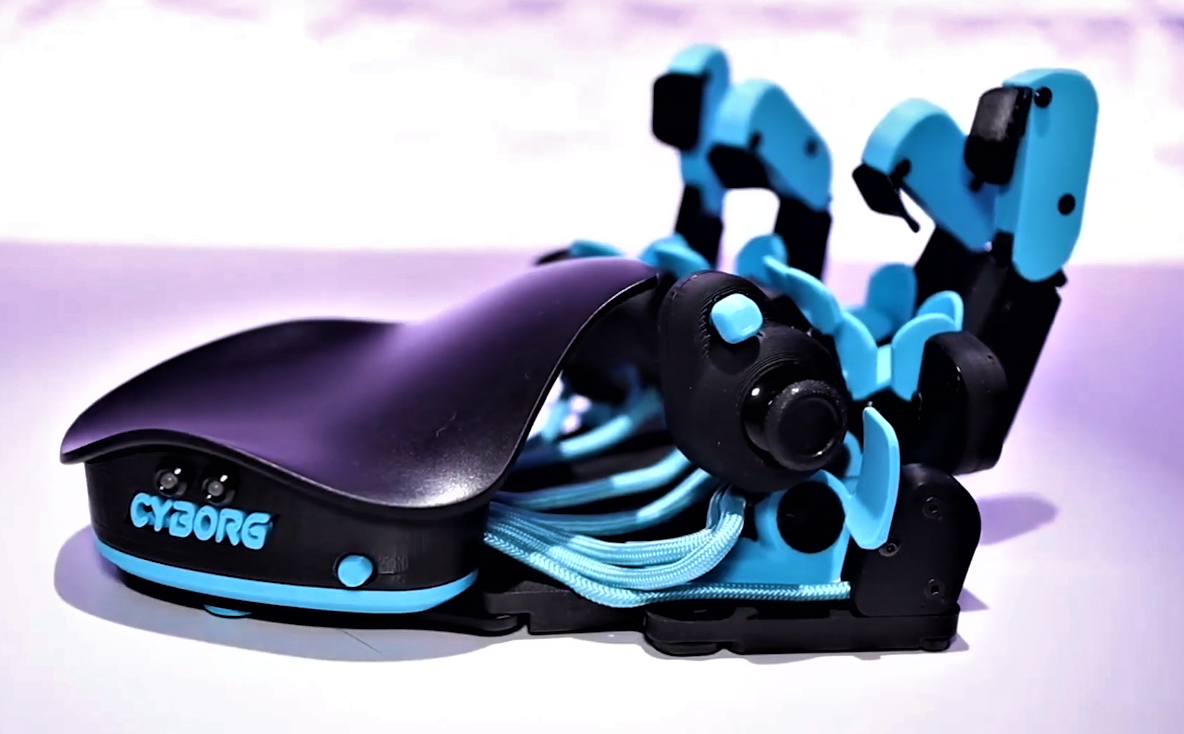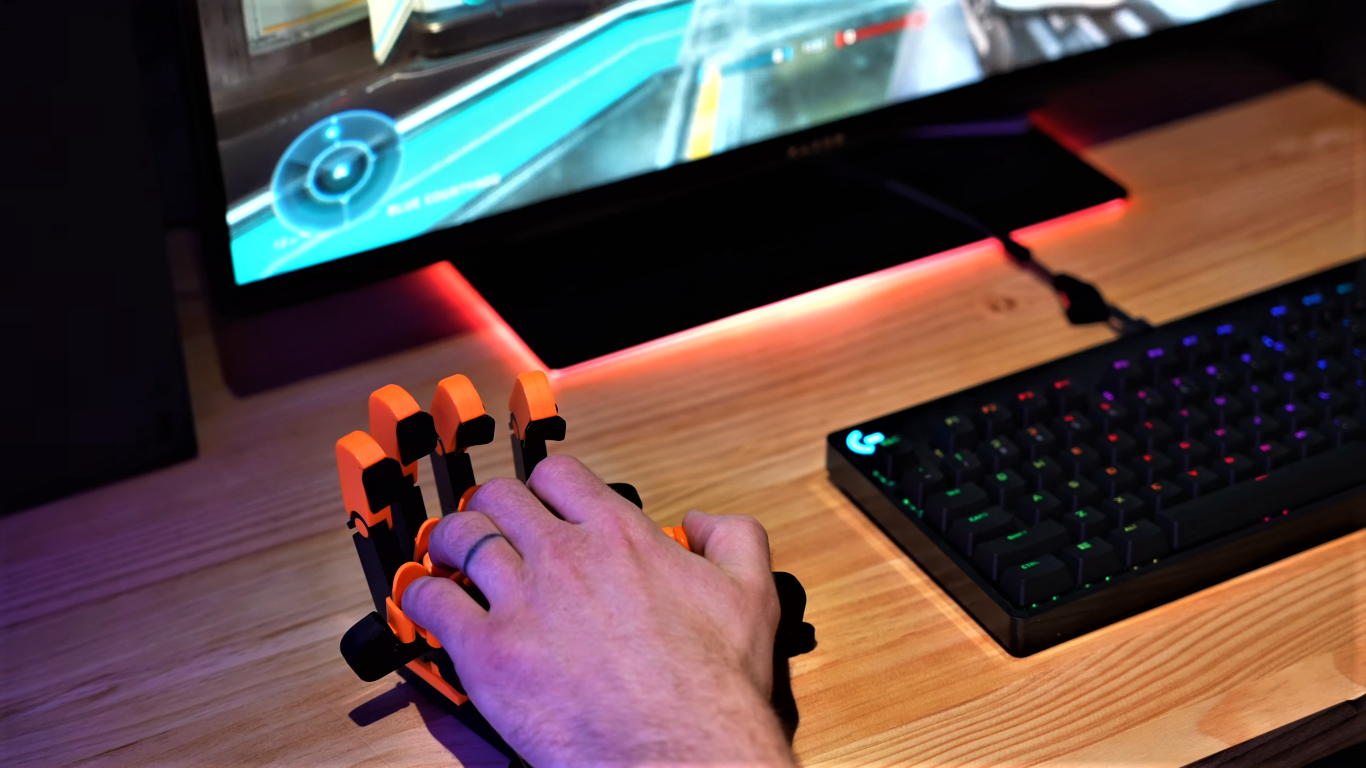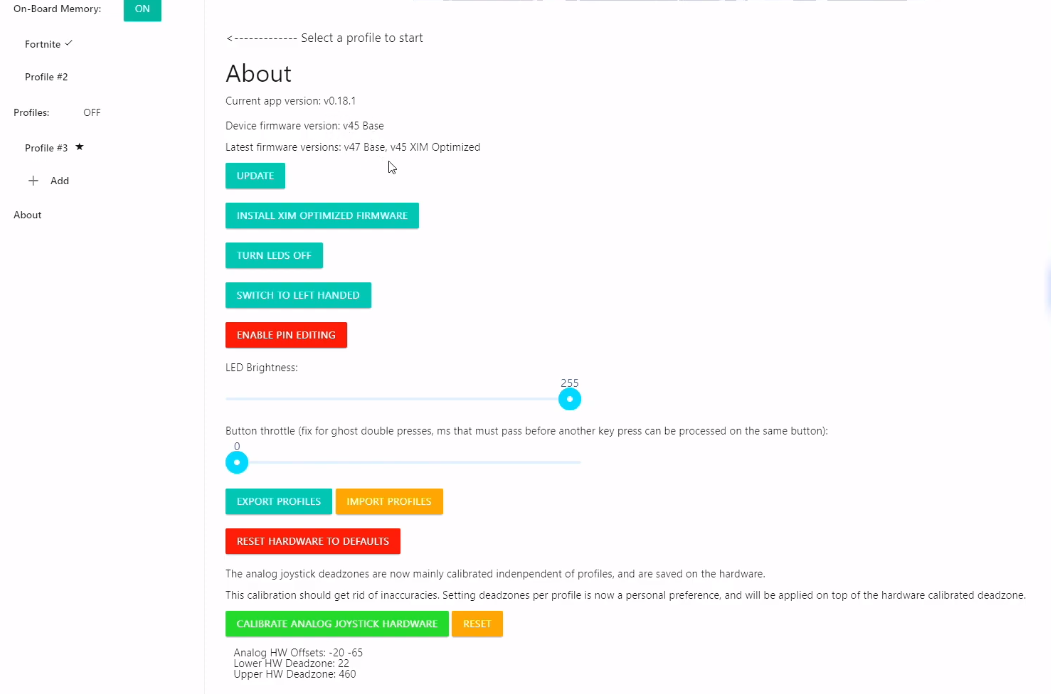The world of PC gaming peripherals is vast, but few devices are as distinctive as the Azeron gaming keypad. It occupies a unique space, blending the analog movement of a controller’s thumbstick with the rapid-fire actuation of keyboard or mouse switches. This guide provides a purely informational, in-depth analysis of the Azeron keypad lineup, focusing on its flagship model, the Azeron Cyborg II, to determine its place in a modern gaming setup.
Understanding the Azeron Keypad: A Keyboard-Controller Hybrid
At its core, an Azeron keypad is an ergonomic device designed to replace the keyboard for in-game control. The user’s hand rests on a palm rest while their fingers are positioned over a series of adjustable “towers,” each equipped with programmable buttons. The thumb operates an analog stick for movement, freeing up the other hand to focus entirely on mouse aim. This design philosophy aims to reduce hand and wrist strain during long gaming sessions and consolidate all essential commands into a more natural, accessible layout. For anyone exploring if PC gaming is worth it, peripherals like this showcase the deep customization the platform offers.
Azeron Keypad Models: 2025 Comparison Table
To provide a clear overview, this table compares the key specifications of Azeron’s current flagship, the Cyborg II, against its predecessor and the original Classic model.
| Feature | Azeron Cyborg II | Azeron Cyborg (Original) | Azeron Classic |
| Total Programmable Inputs | 30 | 29 | 26 |
| Thumbstick Technology | Hall Effect (Contactless) | Potentiometer (Standard) | Potentiometer (Standard) |
| Key Switch Type | Omron (50M Clicks) | Omron | Standard Microswitches |
| Connectivity | USB-C | Mini-USB | Mini-USB |
| On-Board Profiles | 6 | 2 | 2 |
| Primary Construction | 3D-Printed PLA | 3D-Printed PLA | 3D-Printed PLA |
| Base Plate | Steel | Steel | Steel |
| Adjustability | Fully adjustable towers (height, curve, angle), thumbstick module | Fully adjustable towers (height, curve, angle), thumbstick module | Adjustable towers (distance, angle) |
| Top Key Design | Reworked for knuckle/fingertip press | Tall towers with “flick” switches | Tall towers with “flick” switches |
| Hand Orientation | Left and Right Handed | Left and Right Handed | Left and Right Handed |
| Palm Rest Options | Curved or Flat | Curved or Flat | Curved or Flat |
| Software Support | Azeron Software / reWASD | Azeron Software / reWASD | Azeron Software / reWASD |
In-Depth Analysis: The Azeron Cyborg II
The Cyborg II represents the latest evolution of the Azeron concept, incorporating community feedback and significant hardware upgrades over previous versions.

Design and Ergonomics
The first impression of the Cyborg II is its unconventional, almost organic appearance. This is a direct result of its purpose-driven design and manufacturing process.
3D-Printed Construction
The body, towers, and buttons of the keypad are assembled from 3D-printed parts. This allows for a high degree of customization directly from the factory, including a vast array of color combinations. While the 3D printing process leaves visible striations on the surface, the components feel solid and robust, anchored by a steel base plate with anti-slip pads that give the unit a reassuring weight.

Unmatched Adjustability
The hallmark of the Cyborg II is its extreme ergonomics. Nearly every part that touches the user’s hand can be repositioned. Using an included screwdriver, users can:
- Adjust each finger tower independently for distance, height, curve, and angle.
- Reposition the entire thumbstick module to match the natural resting position of the thumb.
- Choose between a curved or flat palm rest to suit their preference.
This level of fine-tuning is intended to create a perfect fit for any hand size, minimizing the finger travel required to actuate keys and reducing physical strain. This is a critical factor for gamers wondering how to get better at Fortnite or other high-APM (actions per minute) games where comfort and efficiency are paramount.
Performance and Gaming Experience
While the ergonomics are central, the keypad’s performance is determined by its components and how they translate to gameplay.

The Hall Effect Thumbstick
A major upgrade in the Cyborg II is the move to a Hall Effect thumbstick. Unlike traditional potentiometers that rely on physical contact, Hall Effect sensors use magnets, meaning there is no physical wear and tear that leads to “stick drift” over time. This is a significant improvement for long-term durability and consistent performance. The thumbstick can be configured through software to emulate either a true 360-degree analog input or digital WASD keys.
Key Switches and Programmability
The Cyborg II features 30 programmable inputs that utilize Omron switches, rated for up to 50 million clicks. These switches provide a tactile, responsive click similar to what is found in high-quality gaming mice. The layout includes:
- Finger Towers: Multiple buttons accessible by flicking a finger up, down, or pushing straight in. The top keys have been redesigned from the original Cyborg to be more accessible.
- Thumb Cluster: A 5-way directional switch sits near the analog stick for additional, easy-to-reach commands.
- Pinky Button: A dedicated button for the pinky finger.
This array of inputs makes the keypad exceptionally well-suited for complex games like MMOs and flight simulators, which often require more keybinds than can be comfortably reached on a standard keyboard. It allows for a setup similar to the specialized controls seen in the best joystick for Elite Dangerous.
Azeron Software and Configuration
The device is managed through Azeron’s proprietary software (Windows only). The software allows for:

- Key Binding: Assign any keyboard function, mouse click, or macro to any button.
- Profile Management: Create and store up to six profiles directly on the keypad’s onboard memory. Profiles can be switched on the fly without accessing the software.
- Thumbstick Calibration: Adjust the thumbstick’s deadzone, sensitivity, and toggle between analog and WASD output.
The ability to store profiles on board means a user can plug the keypad into a different PC and retain all their settings without needing to install the software again.
How Does the Cyborg II Compare to Older Models?
Understanding the evolution of the keypad provides context for the Cyborg II’s features.
Azeron Cyborg (First Generation)
The original Cyborg was a revolutionary step for the company, introducing the highly adjustable tower design. It features 29 programmable keys and a standard potentiometer thumbstick. The most notable difference for a user today is its reliance on a Mini-USB connection, which is outdated compared to the Cyborg II’s USB-C port. While still a highly capable device, the Cyborg II improves upon it with a more durable thumbstick, an extra input, and a modern connection.
Azeron Classic
The Classic was the model that established Azeron’s reputation. It has fewer keys (26) and less overall adjustability in its towers compared to the Cyborg models. It served as the foundation for the current design but has been largely superseded by the Cyborg’s superior ergonomics and customization.
Who Should Consider an Azeron Gaming Keypad?
The Azeron keypad is a niche, enthusiast-grade peripheral. It is not a universal keyboard replacement. The ideal user for this device is:
- A gamer who plays complex titles: MMO, RPG, and simulation players who need a large number of accessible keybinds will find the most benefit.
- Someone focused on ergonomics: Users who experience wrist or hand pain from traditional keyboards may find the neutral hand posture of the Azeron to be more comfortable.
- A tinkerer who enjoys customization: Getting the most out of the keypad requires an initial investment of time to adjust the physical layout and configure software profiles.
Conversely, it may not be the best fit for typists or gamers who rely heavily on in-game text chat, as there is no way to type sentences on the device. For those looking for more traditional high-performance input devices, exploring options like the Logitech G PRO Racing Wheel or various sim racing shifters might be more appropriate for their specific genre.
Expert Takeaway: The Azeron Cyborg II is a highly specialized tool engineered to solve specific problems of comfort and control complexity in PC gaming. It demands a learning curve but offers a level of personalized ergonomics and control density that a standard keyboard cannot match.
Frequently Asked Questions (FAQ)
Is the Azeron keypad difficult to learn?
Yes, there is a significant learning curve. Users should expect to spend several hours fine-tuning the physical adjustments and several gaming sessions to build muscle memory for the new layout.
What games is the Azeron keypad best for?
It excels in games with numerous commands, such as World of Warcraft, Final Fantasy XIV, Star Citizen, and ARMA. It is also effective in first-person and third-person games like shooters and RPGs, where the separation of movement (thumb) and aim (mouse) is beneficial.
Does the Azeron keypad work on PS5 or Xbox Series X|S?
While it can be used on consoles, it often requires a third-party adapter (like a XIM or Cronus Zen) to translate the keypad’s inputs correctly, as consoles have limited native support for non-standard controllers. Functionality can vary by game.
How is the Azeron keypad’s durability?
The keypad is built on a sturdy steel base. The 3D-printed parts are made of durable PLA plastic. The use of high-quality Omron switches and a Hall Effect thumbstick in the Cyborg II model ensures key components are built for longevity.
Does the Azeron Cyborg II have stick drift?
No. The primary advantage of its Hall Effect thumbstick is that it is not susceptible to the physical wear that causes stick drift in traditional potentiometer-based analog sticks, an issue that can even require users to learn how to fix PS5 controller drift.
What is the primary benefit of a gaming keypad over a keyboard?
The main benefits are ergonomics and efficiency. The keypad is designed to fit the natural resting state of a hand, reducing strain. It also clusters all necessary keys within immediate reach of the fingers, eliminating the need to move the entire hand across a keyboard.

With 15 years of experience as a PC hardware technician, Ben brings a practical, hands-on approach to our PC Components section. He specializes in real-world testing and longevity analysis, explaining how components perform over time. His guides help readers understand the practical side of owning and maintaining a gaming PC.
